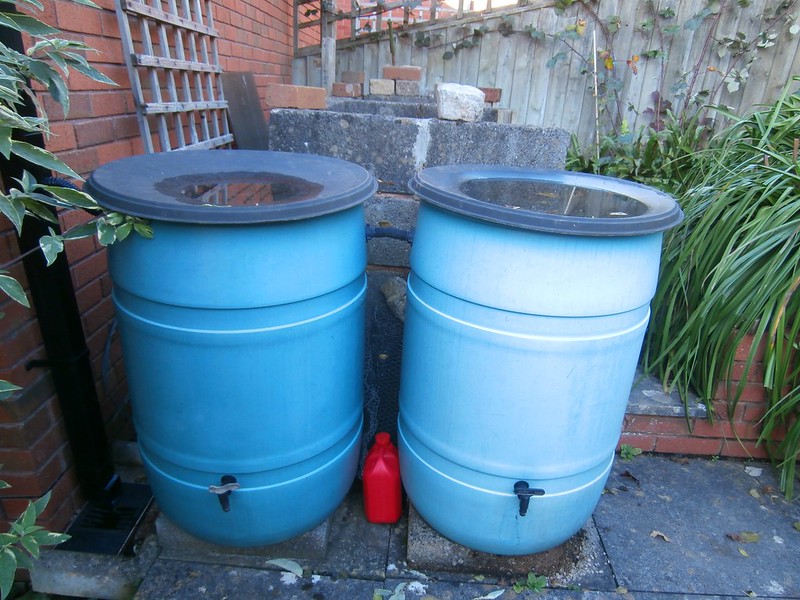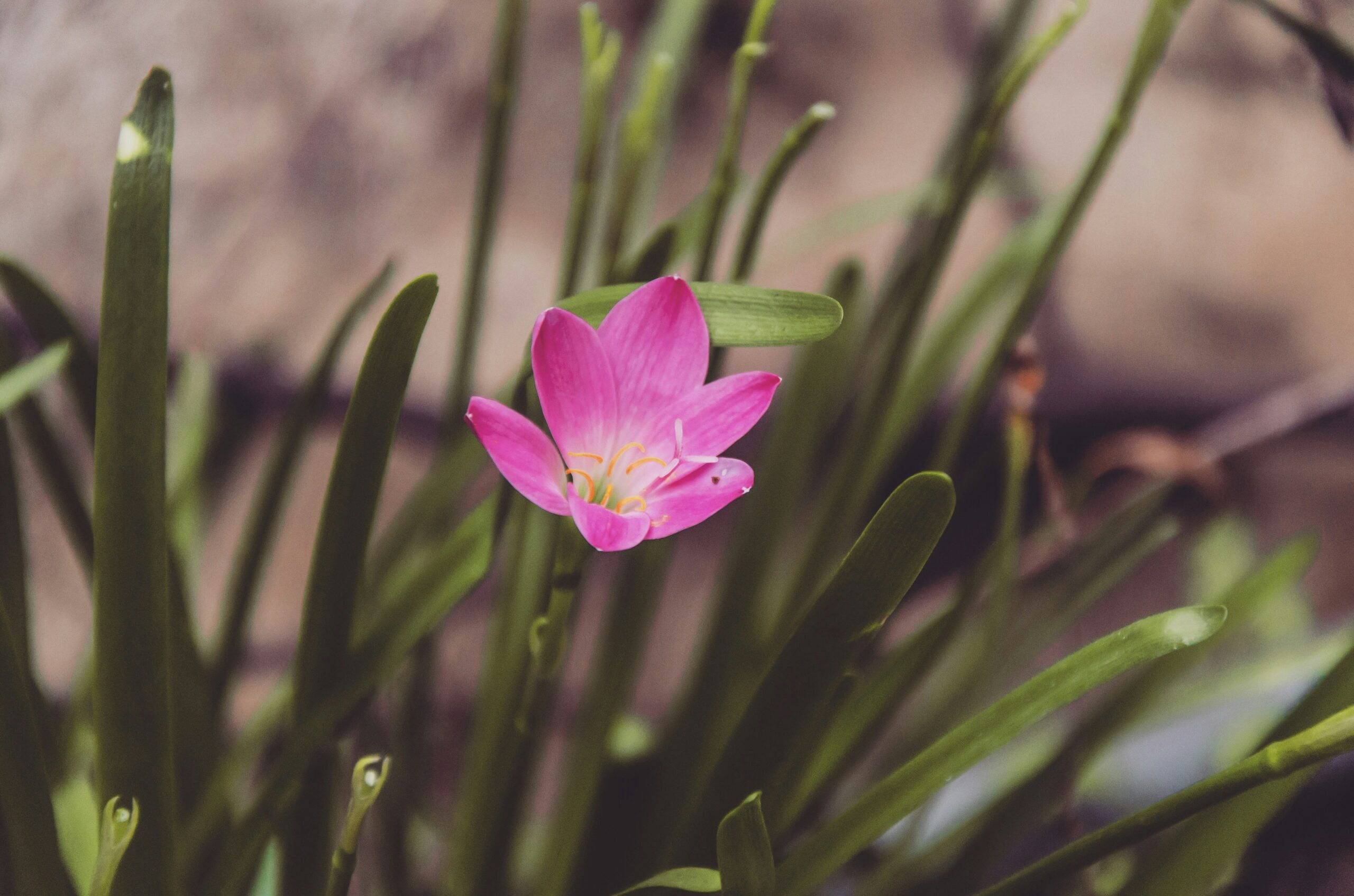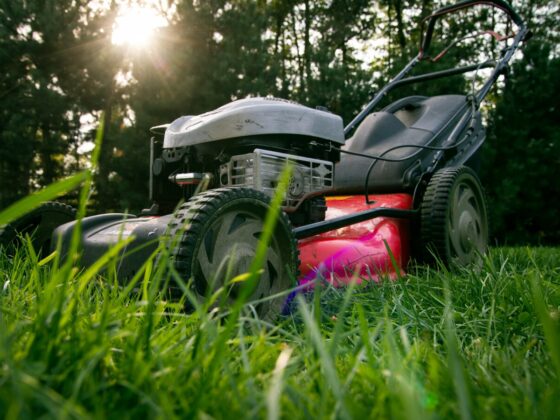Welcome to our guide on installing and maintaining a rain barrel for your garden! With the increasing focus on sustainability and water conservation, rain barrels have become a popular choice for gardeners. Not only do they help reduce water waste, but they also provide a free and natural source of irrigation for your plants. In this post, we’ll walk you through the steps of setting up a rain barrel and offer some tips on keeping it in top shape.

Creator: Jennifer C.
Step 1: Choosing the Right Rain Barrel
Before you begin, you’ll need to select a rain barrel that suits your needs. Consider factors such as capacity, material, and design. Look for barrels made from food-grade materials to ensure they are safe for your plants. You can find rain barrels in various sizes and styles, so pick one that fits well in your garden and complements your aesthetic preferences.
Here are some tips and questions to help you choose the right rain barrel for your needs and preferences.
- Size and Capacity: How much water do you need or want? The size and capacity of your rain barrel will depend on how much rainwater you can collect from your roof, and how much water you plan to use for your garden or other activities. A typical rain barrel holds about 50 to 60 gallons of water, which may be enough for a small garden or lawn. However, if you have a larger garden or want to store more water, you may need a bigger barrel or multiple barrels connected together. You can estimate how much water you can collect from your roof by multiplying the square footage of your roof by 0.6 gallons per inch of rainfall.
- Material and Durability: What is your rain barrel made of? The material and durability of your rain barrel will affect its lifespan, maintenance, and appearance. Rain barrels can be made of various materials, such as plastic, wood, metal, or stone. Plastic barrels are lightweight, inexpensive, and easy to install, but they may fade, crack, or warp over time. Wood barrels are natural, attractive, and insulating, but they may rot, leak, or attract insects. Metal barrels are sturdy, durable, and resistant to weather, but they may rust, dent, or corrode. Stone barrels are heavy, expensive, and difficult to install, but they are very long-lasting, stable, and elegant.
- Aesthetics and Design: How does your rain barrel look? The aesthetics and design of your rain barrel will affect its appeal and integration with your home and garden. Rain barrels come in various shapes, colours, and styles, ranging from plain and functional to decorative and artistic. You can choose a rain barrel that matches or complements the architecture and style of your house, or one that stands out as a focal point or statement piece. You can also customize or enhance your rain barrel with accessories, such as a planter, a fountain, or a mural.
- Cost and Budget: How much are you willing to spend? The cost and budget of your rain barrel will depend on the size, material, and design of your choice, as well as the availability and quality of the product. Rain barrels can range from $50 to $500 or more, depending on the features and specifications. You can also save money by making your own rain barrels from recycled or repurposed materials, such as a trash can, a drum, or a wine barrel. However, you should make sure that your DIY rain barrel is safe, clean, and functional, and that it meets the local regulations and standards for rainwater harvesting.
Step 2: Finding the Perfect Spot
Next, you’ll need to find a suitable location for your rain barrel. Look for an area near a downspout where it can collect rainwater efficiently. Ensure that the ground is level and stable enough to support the weight of the barrel when it’s full. Additionally, make sure the spot is easily accessible for maintenance tasks such as cleaning and watering.
Step 3: Installing the Rain Barrel
Now comes the fun part – installing your rain barrel! Follow these steps:
- Place the rain barrel on a sturdy platform or cinder blocks to elevate it off the ground.
- Position the barrel under a downspout and cut the downspout to fit the barrel’s inlet.
- Attach the necessary fittings and diverters to ensure the rainwater flows into the barrel.
- Securely fasten the barrel to prevent it from tipping over or being knocked out of place.
Remember to consult the manufacturer’s instructions for specific details on installation, as they may vary depending on the rain barrel you choose.
Step 4: Maintaining Your Rain Barrel
To keep your rain barrel functioning optimally, regular maintenance is crucial. Here are some tips:
- Check for debris: Periodically inspect the barrel for leaves, twigs, or other debris that may clog the inlet or overflow outlets. Remove any obstructions to ensure proper water flow.
- Clean the barrel: Every few months, empty the barrel and rinse it with a solution of water and mild soap. This will help prevent the growth of algae or other contaminants.
- Prevent mosquito breeding: To avoid mosquito breeding, cover your rain barrel with a fine mesh screen or use a barrel with a sealed lid.
- Winterize your rain barrel: In colder climates, it’s important to winterize your rain barrel to prevent damage from freezing temperatures. Drain the barrel and disconnect it from the downspout before winter arrives.
Step 5: Utilizing the Collected Rainwater
Now that your rain barrel is installed and well-maintained, it’s time to put that collected rainwater to good use! Here are a few ideas:
- Water your plants: Use the rainwater to hydrate your garden, potted plants, or even your indoor houseplants. Rainwater is free of the chemicals found in tap water and is beneficial for your plants’ health.
- Clean outdoor tools: Fill a bucket with rainwater to clean your gardening tools, patio furniture, or even your car.
- Wash pets or livestock: If you have furry friends or livestock, rainwater can be used to give them a bath or provide them with fresh drinking water.
Conclusion
Installing and maintaining a rain barrel for your garden is a fantastic way to conserve water, save money, and promote a more sustainable lifestyle. By following the steps outlined in this guide, you’ll be well on your way to enjoying the benefits of collecting and utilizing rainwater in your garden. Get started today and watch your plants thrive while doing your part for the environment!
FAQs
A rain barrel is a container that collects and stores rainwater from your roof’s downspouts. It’s an eco-friendly way to conserve water and reduce your reliance on municipal water sources. By using rainwater for your garden, you can save money on water bills and provide your plants with natural, chemical-free hydration.
First, choose a suitable location near a downspout. Install a diverter or downspout extension to direct rainwater into the barrel. Place the rain barrel on a stable surface (such as cinder blocks) to elevate it slightly. Connect a hose or spigot to the barrel for easy access to the collected water.
Regular maintenance ensures optimal performance. Clean the barrel periodically to prevent debris buildup. Check for leaks, especially around the spigot and connections. During winter, empty the barrel to prevent freezing. If algae form, use a mild bleach solution to clean the interior.
Rainwater is excellent for watering plants, but it’s not suitable for drinking or cooking. Use it for garden irrigation, washing outdoor tools, and filling birdbaths. Avoid using rain barrel water on edible crops unless you have a filtration system.
To prevent mosquito breeding, cover the rain barrel with a fine mesh screen or lid. Ensure there are no gaps where mosquitoes can enter. Additionally, consider adding a mosquito dunk (a biological larvicide) to the water to control mosquito larvae without harming other wildlife.











